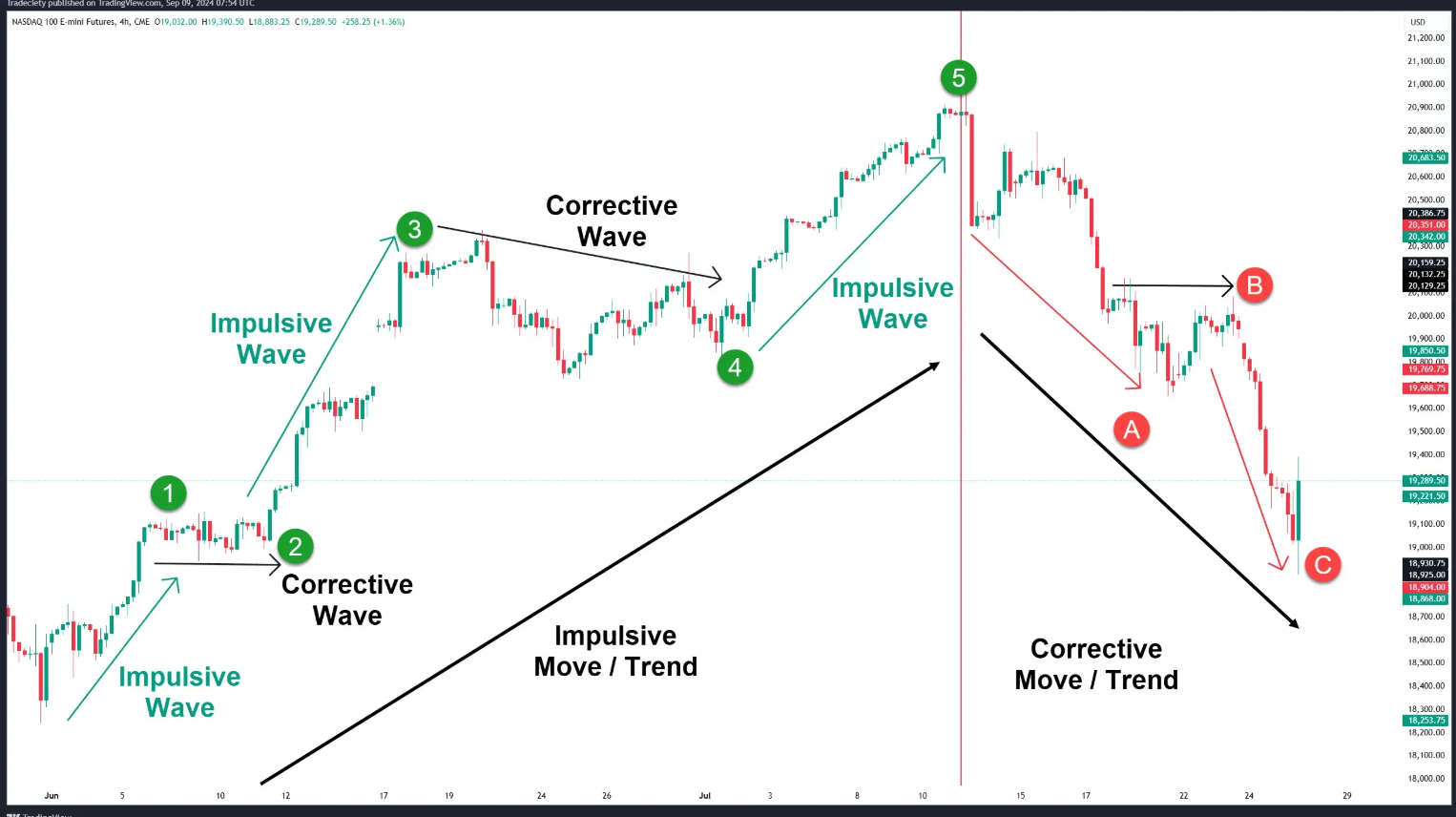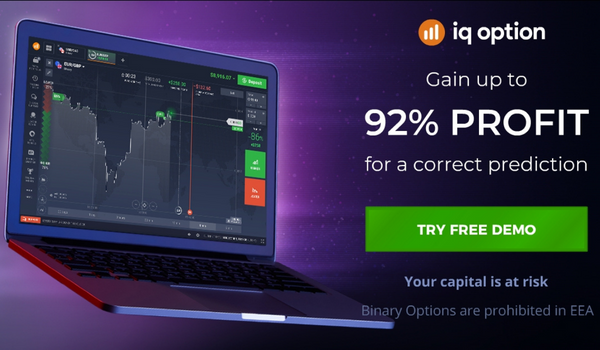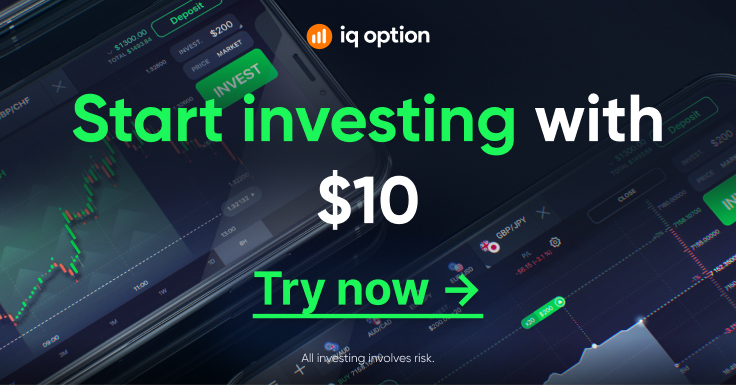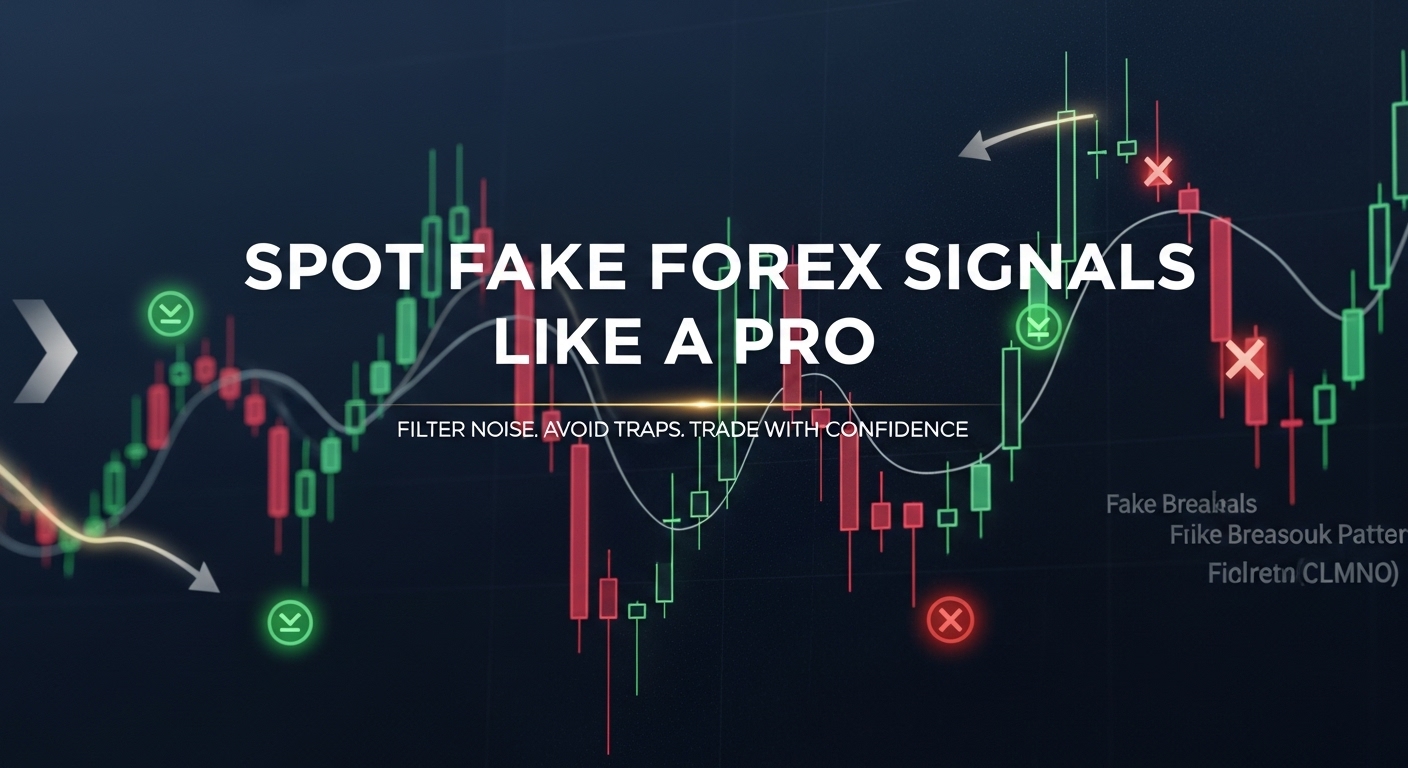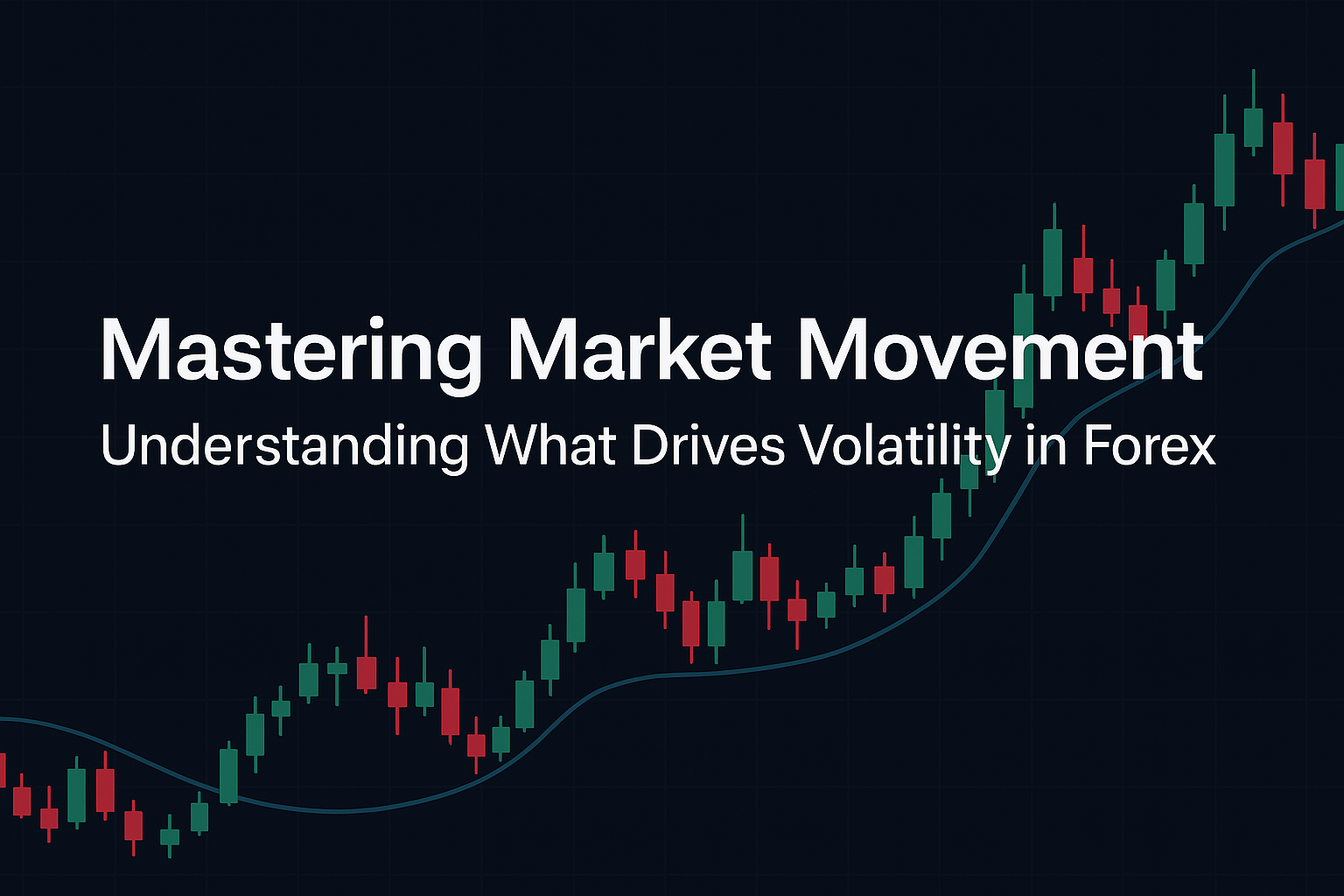Elliott Wave Theory is one of the most widely used technical analysis tools in financial markets, particularly in forex, stocks, and cryptocurrency trading. Developed by Ralph Nelson Elliott in the 1930s, this theory is based on the idea that market prices move in repetitive patterns driven by crowd psychology. Elliott discovered that these patterns, or waves, could be categorized and predicted to make informed trading decisions.
By understanding the fundamental principles of Elliott Wave Theory, traders can identify potential market trends, entry and exit points, and areas of reversals. In this guide, we will explore everything you need to know about Elliott Wave Theory, including its structure, key principles, practical applications, common pitfalls, and how to integrate it with other technical indicators.
Understanding the Structure of Elliott Waves
Elliott Wave Theory is built upon two main wave structures:
1. Impulse Waves
Impulse waves are the dominant waves that move in the direction of the prevailing trend. An impulse wave consists of five sub-waves labeled as follows:
- Wave 1: The first move in the direction of the trend.
- Wave 2: A corrective wave that retraces a portion of Wave 1.
- Wave 3: The strongest and longest wave, moving in the direction of the trend.
- Wave 4: A smaller corrective wave against Wave 3.
- Wave 5: The final wave in the impulse sequence, marking the peak before a larger correction.

2. Corrective Waves
Corrective waves move against the prevailing trend and consist of three sub-waves labeled A, B, and C:
- Wave A: The first move against the trend.
- Wave B: A minor retracement in the direction of the trend.
- Wave C: The final move completing the correction before resuming the main trend.
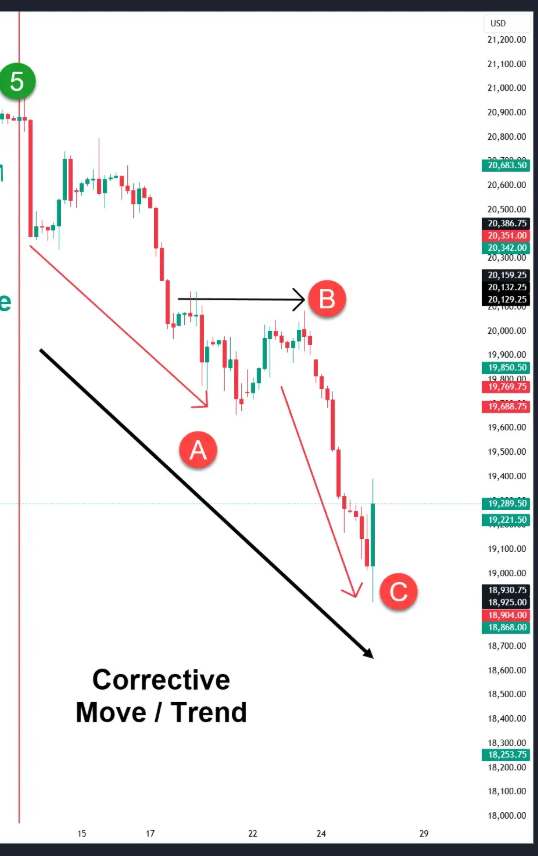
Key Principles of Elliott Wave Theory
To accurately apply Elliott Wave Theory, traders need to follow three essential principles:
1. Wave 3 is Never the Shortest Impulse Wave
Wave 3 is typically the strongest and longest wave in the impulse structure. If it is the shortest, the wave count is incorrect.
2. Wave 2 Never Retraces More Than 100% of Wave 1
Wave 2 should not go below the starting point of Wave 1. If it does, the wave count needs adjustment.
3. Wave 4 Never Enters the Price Territory of Wave 1
In a typical impulse pattern, Wave 4 should not overlap with the price range of Wave 1. If it does, a different wave count may be needed.
Practical Applications of Elliott Wave Theory in Trading
Identifying Market Trends
Elliott Waves help traders identify the dominant trend and predict price movements.
Finding Entry and Exit Points
Traders use Elliott Waves to determine the best price levels for entering and exiting trades.
Using Fibonacci Ratios for Confirmation
Many traders combine Elliott Wave Theory with Fibonacci retracement levels to validate potential turning points in the market.
Combining Elliott Wave with RSI and MACD
To refine trade entries and exits, traders often use indicators such as the Relative Strength Index (RSI) and Moving Average Convergence Divergence (MACD) alongside Elliott Wave analysis.
Common Pitfalls and How to Avoid Them
- Forcing Wave Counts: One of the biggest mistakes traders make is trying to fit market movements into an Elliott Wave structure when the pattern does not exist.
- Ignoring Fundamentals: While Elliott Wave Theory focuses on technical analysis, ignoring macroeconomic and fundamental factors can lead to inaccurate predictions.
- Emotional Trading: Elliott Wave Theory requires patience and discipline. Making impulsive decisions without confirming wave counts can lead to losses.
Conclusion
Elliott Wave Theory is a powerful tool for traders looking to analyze and predict market movements. By understanding its structure, principles, and practical applications, traders can make informed decisions and improve their trading performance. However, mastering Elliott Wave Theory requires practice, discipline, and a continuous learning approach. When combined with other technical indicators and risk management strategies, Elliott Wave analysis can become a valuable asset in a trader’s toolkit.

